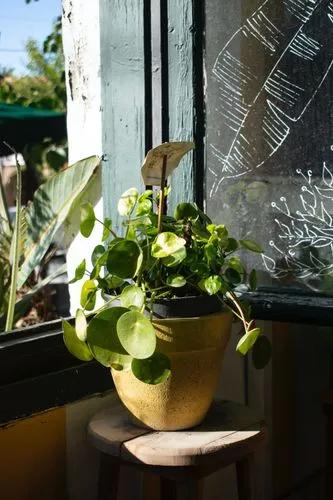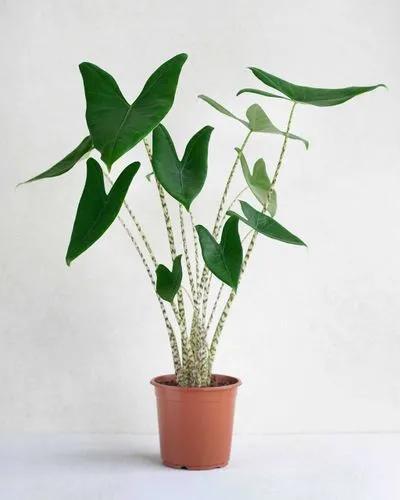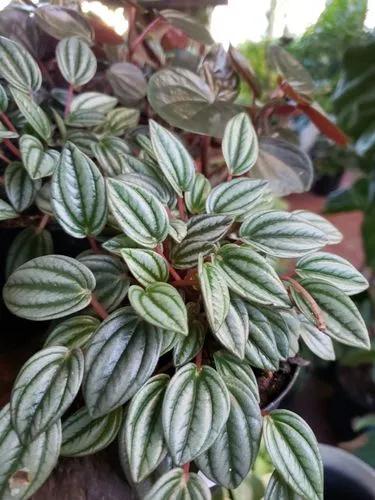Alocasia Odora Variegata, also known as Elephant’s Ear, is a member of the Araceae family. There are over 80 different species within the Alocasia genus, which vary widely in shape and size. However, they are all foliage plants with inconspicuous blooms, often hidden behind the leaf petioles. They are perennial plants and like bright, indirect light, making them ideal house plants for year-round color and form.
Variegated Alocasia Care
Alocasia Odora 'variegata'



How to Care for the Plant

Water

Keep Alocasia plants moist all year; they are water-loving plants. There is a fine line with these plants. You want to keep the soil moist, but not soggy. They require less water during the winter months because the plant is dormant.

Pruning

To keep the plant looking its best, some pruning is required, especially when elephant ear is hit by the occasional cold snap.

Fertilizer

Alocasias are very heavy feeders, and fertilizing alocasia plants frequently is the only way to keep up with their appetite. Before planting your alocasias, mix 2 pounds (1 kg.) of slow-release fertilizer per 100 square feet (9.5 sq. m.)

Sunlight

It needs a bright indirect light and water whenever the top layer of soil feels dry. Best for a 4"-5" pot with drainage.

Soil

Alocasia Mandalay prefers moderately acidic (5.6–6.0) to slightly acidic (6.1–6.5) soil.

Temperature

Ideal temperatures should be approximately 65-75ºF + (18-24ºC +)...closer to 70ºF is best.

Container

Horticulture Magazine recommends a 36-inch pot for larger alocasia plants because it will give them room to grow and will provide enough soil volume to keep the roots moist. A nonporous plastic pot is best because porous ceramic or unglazed clay pots will wick moisture away from the soil.

Additional

Alocasia is a very poisonous plant; the leaves contain insoluble oxalate crystals. A human or pet chewing or biting into a leaf releases the crystals which can cause swelling and irritation of the mouth and GI tract.

Popularity

618 people already have this plant 137 people have added this plant to their wishlists
Discover more plants with the list below
Popular articles






